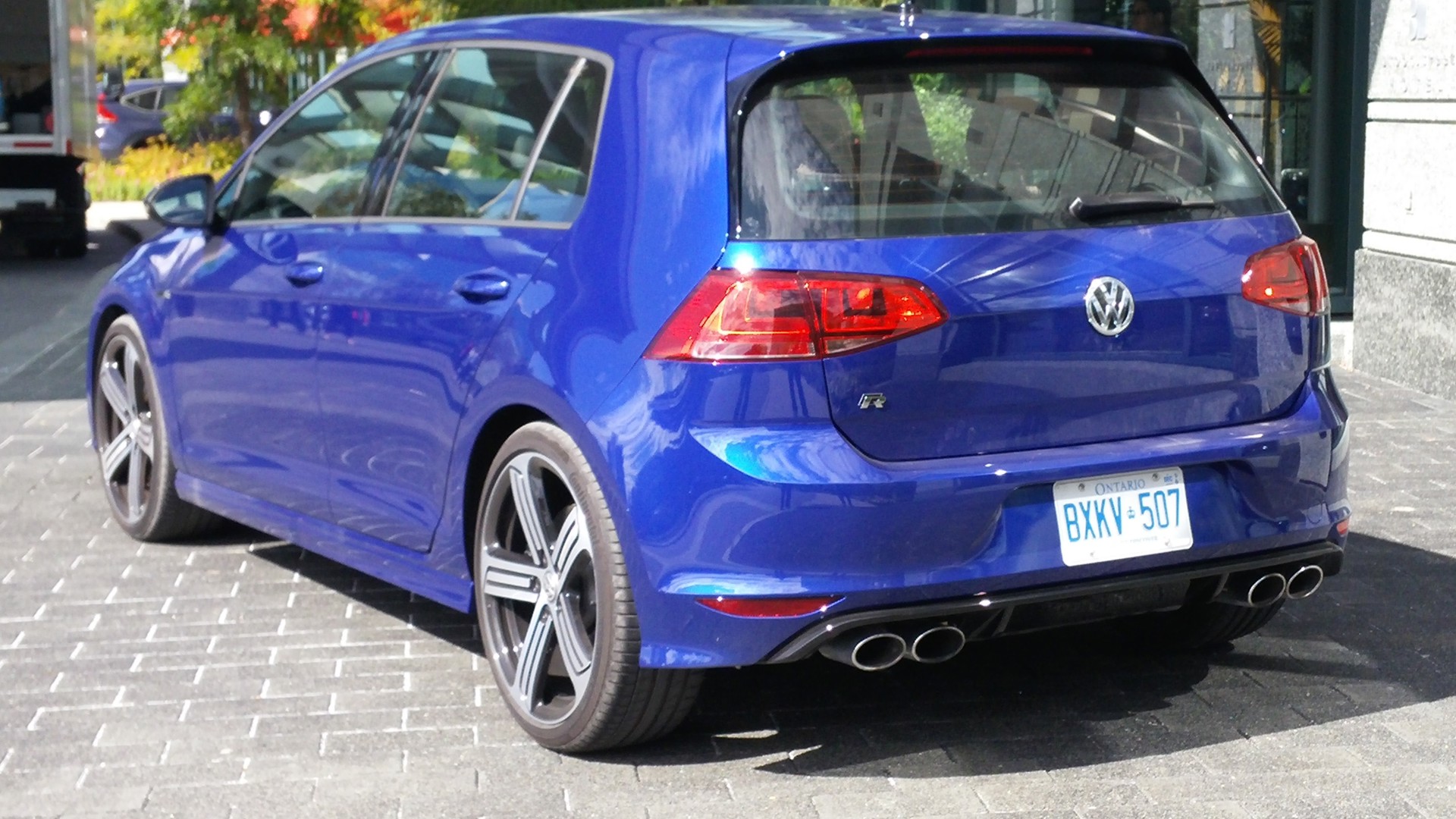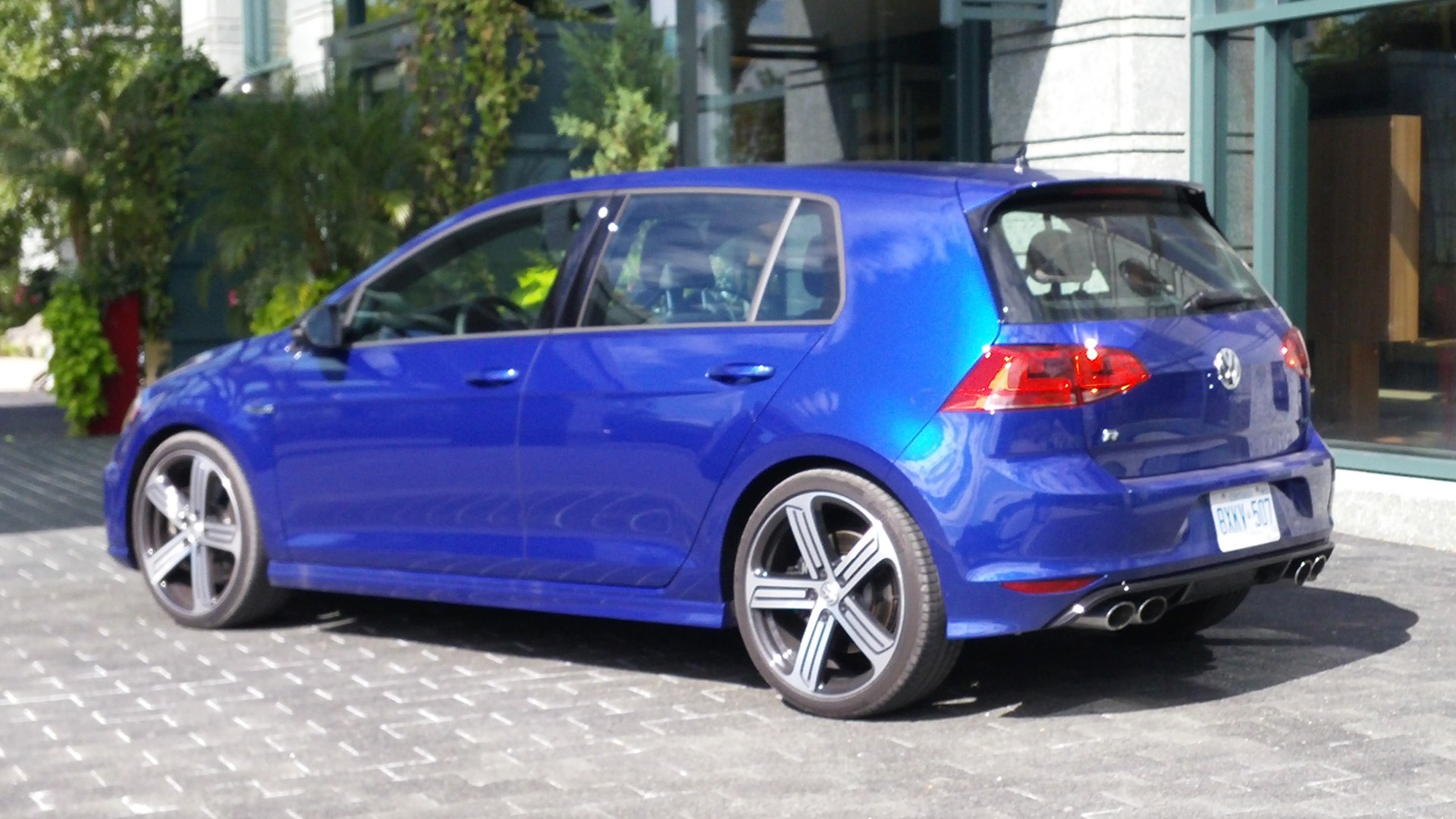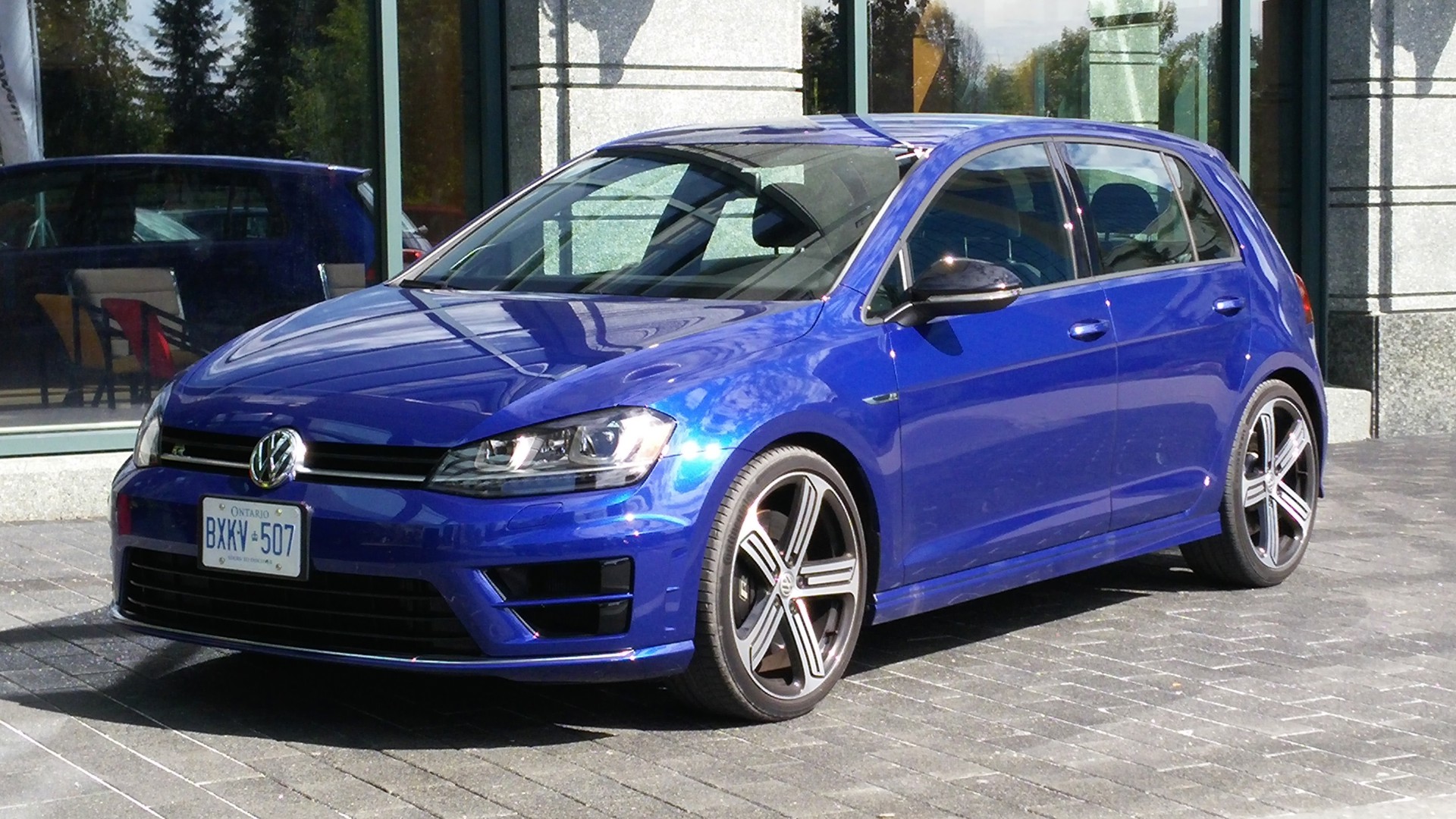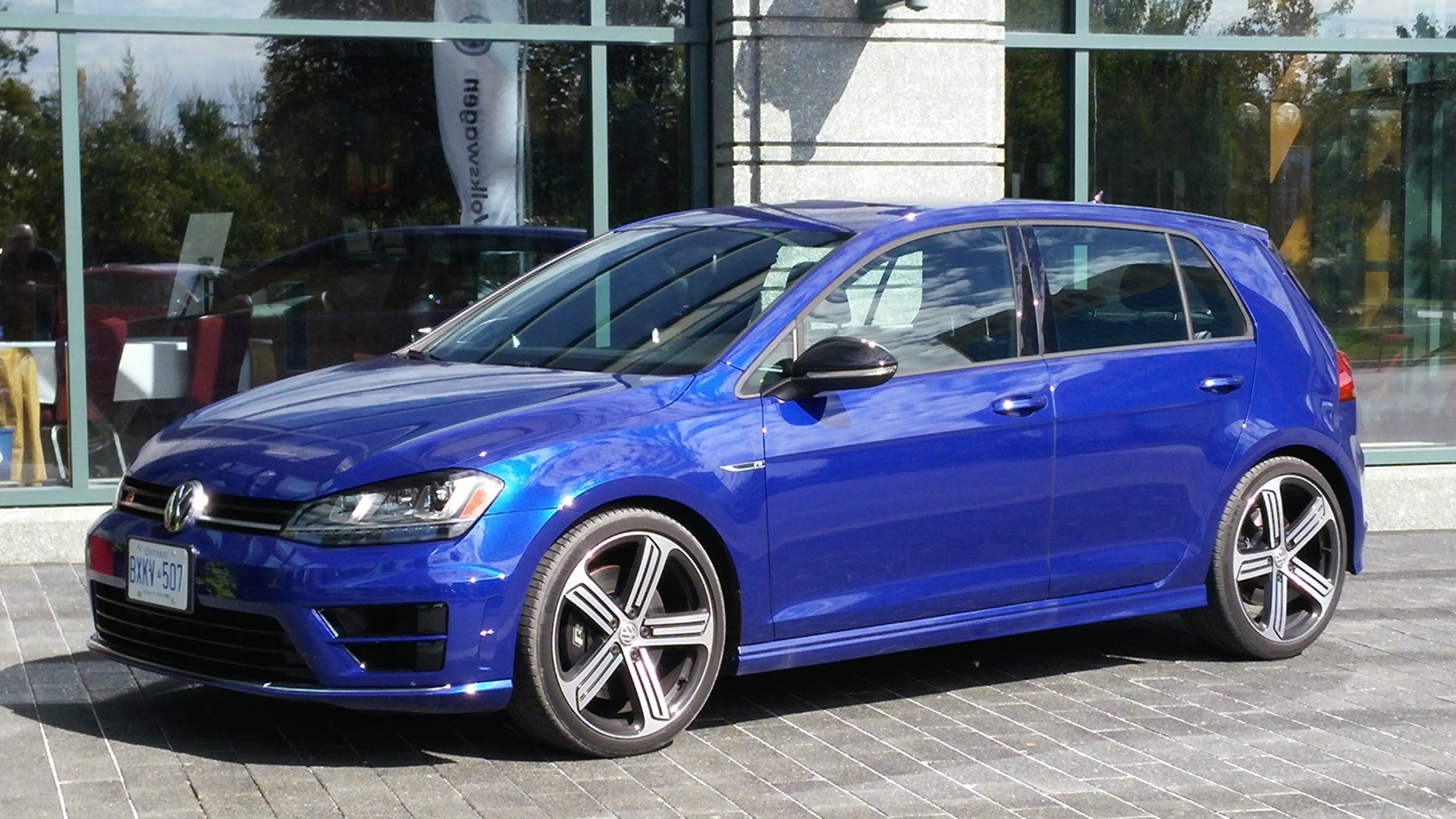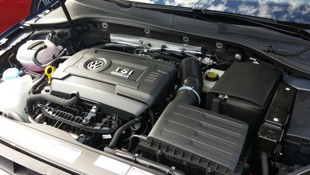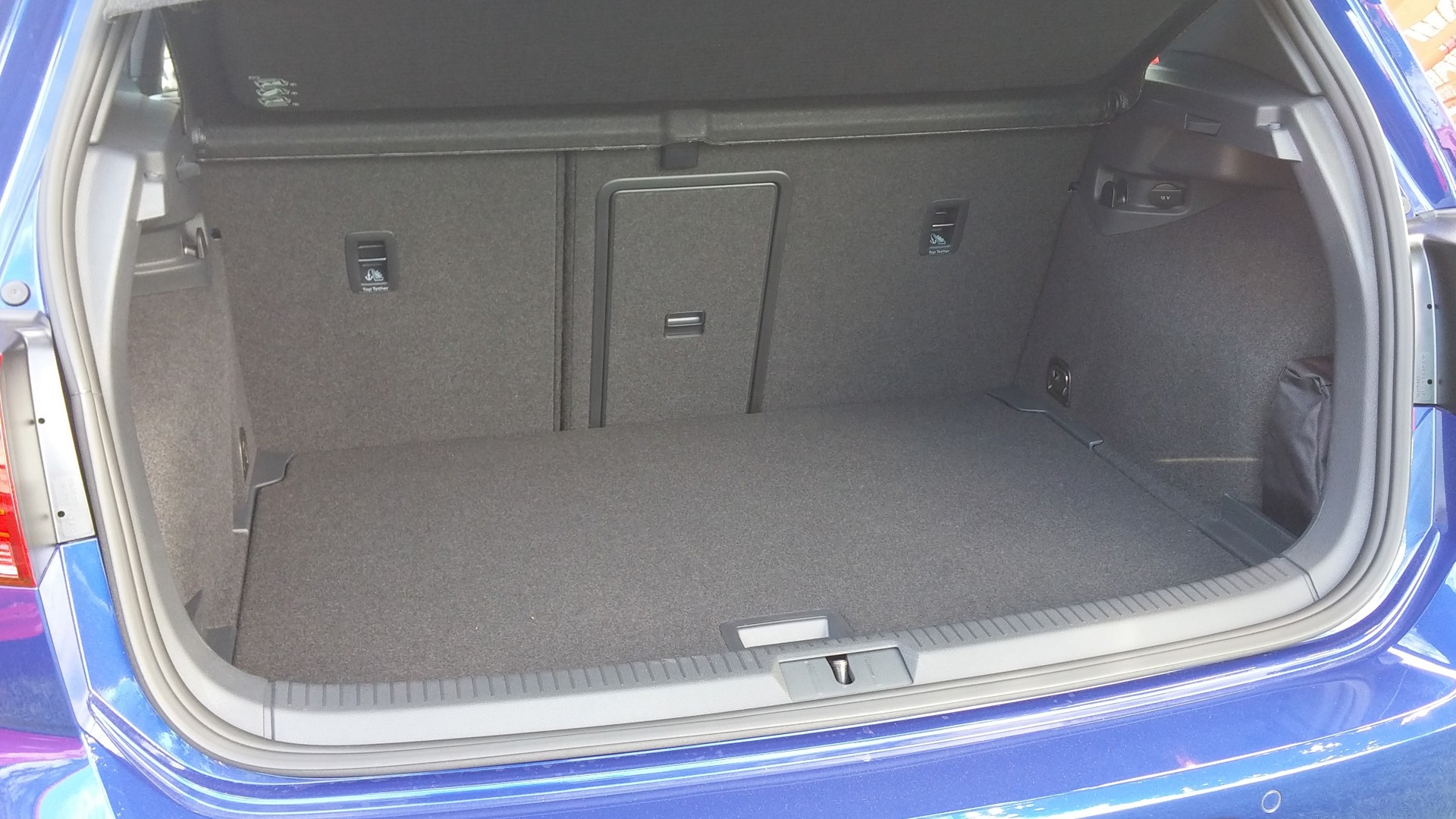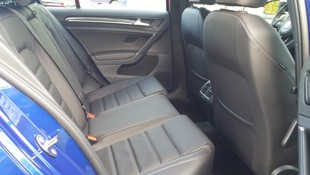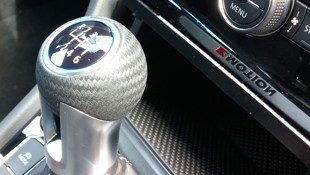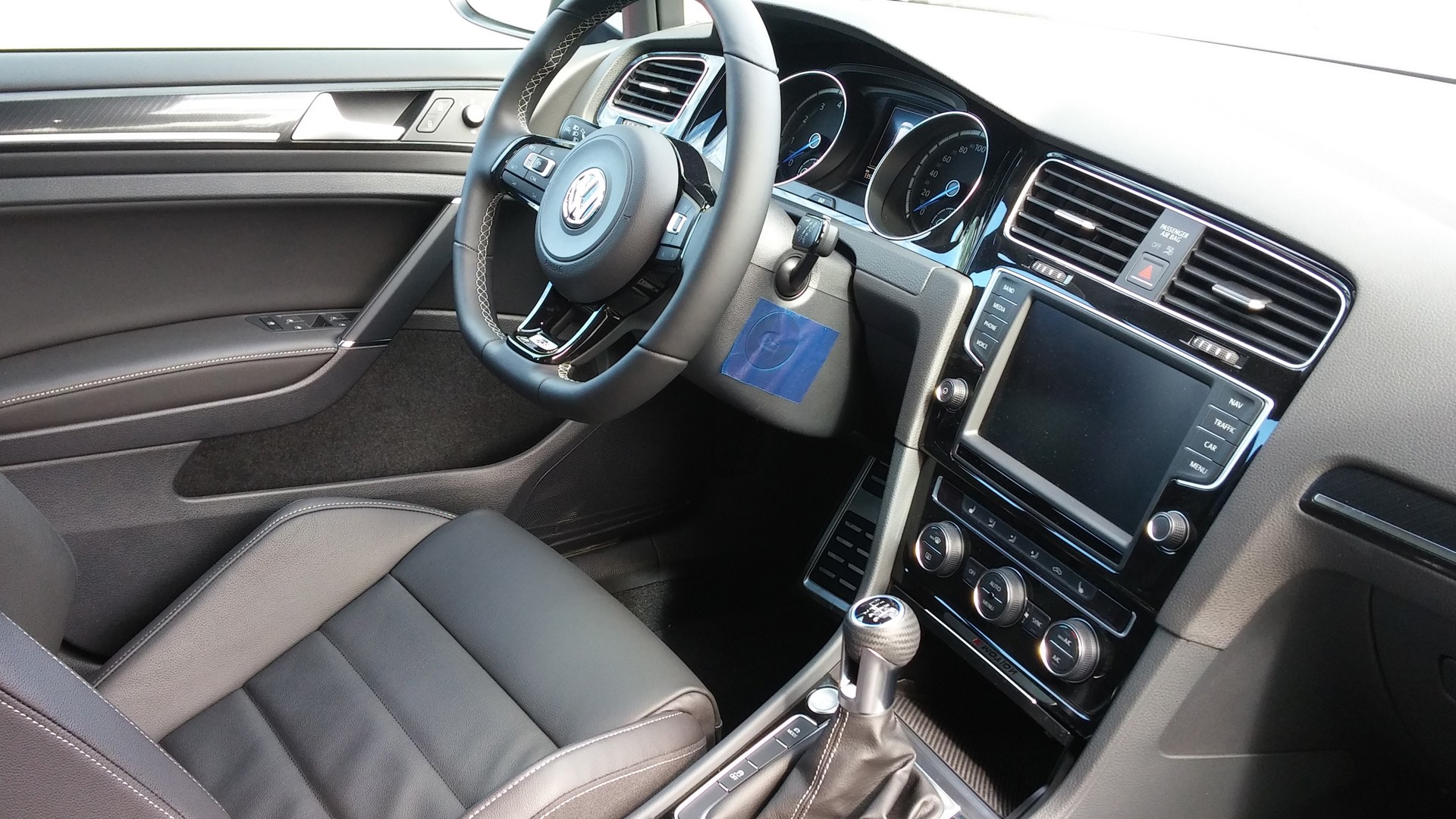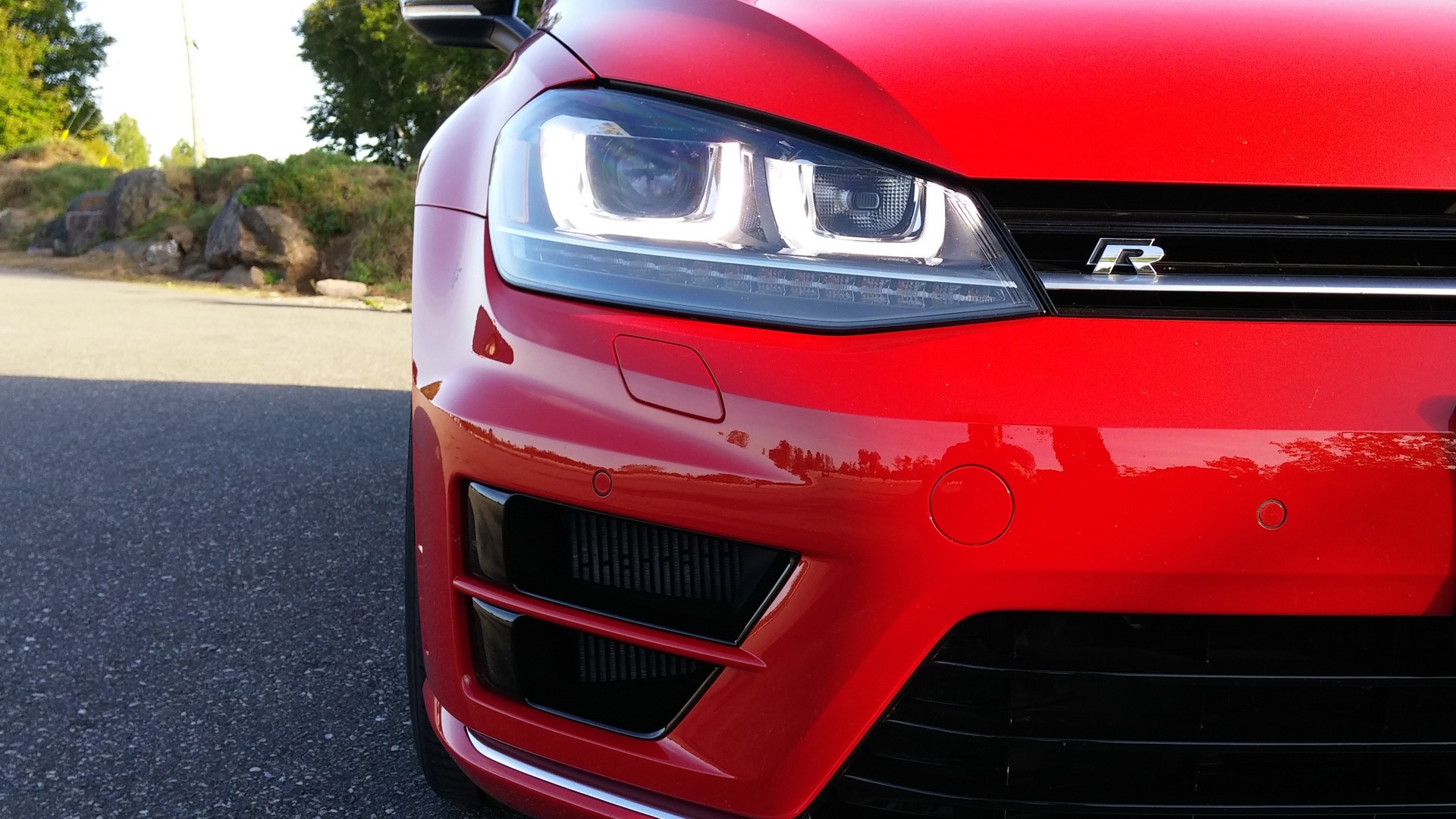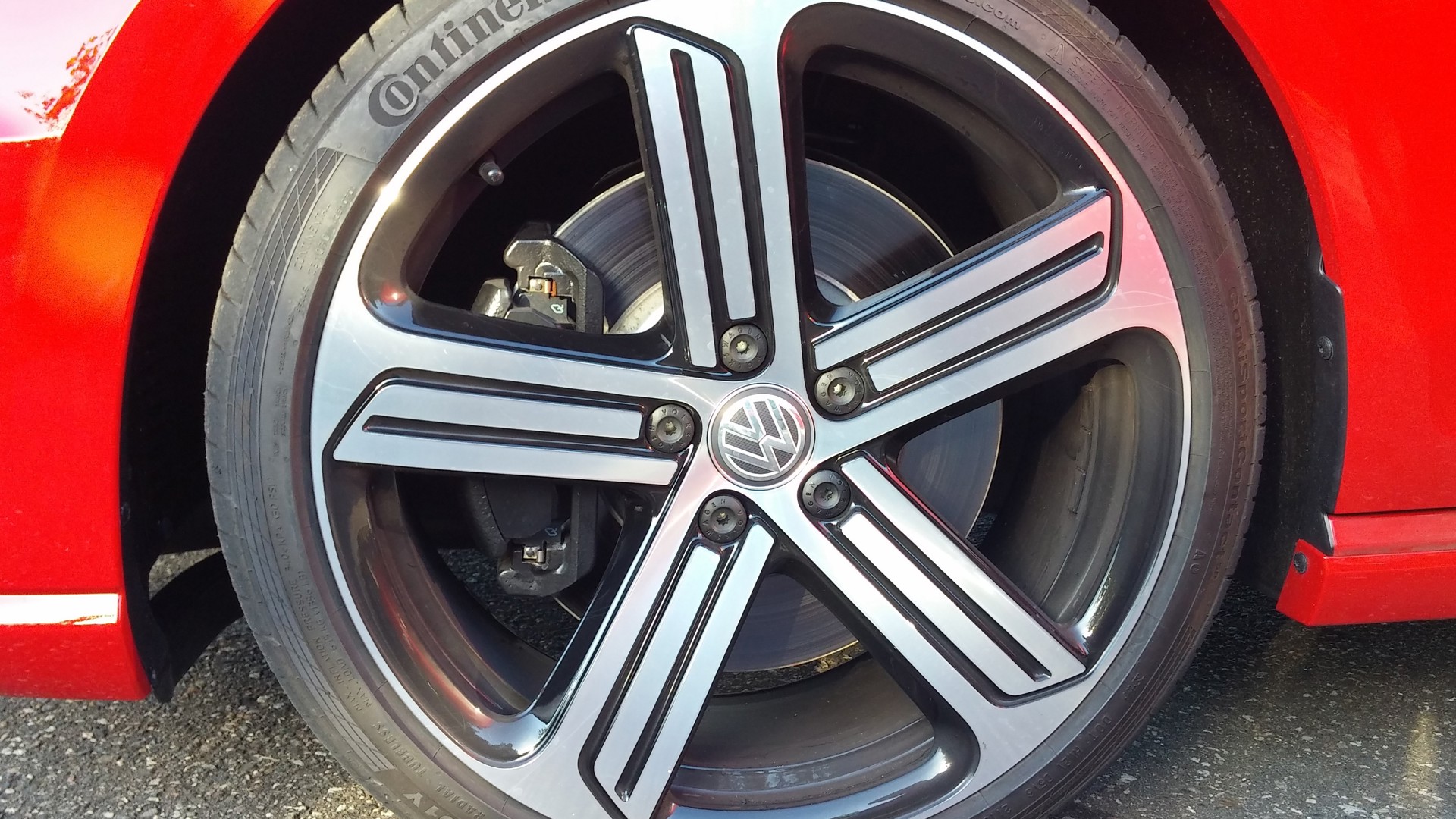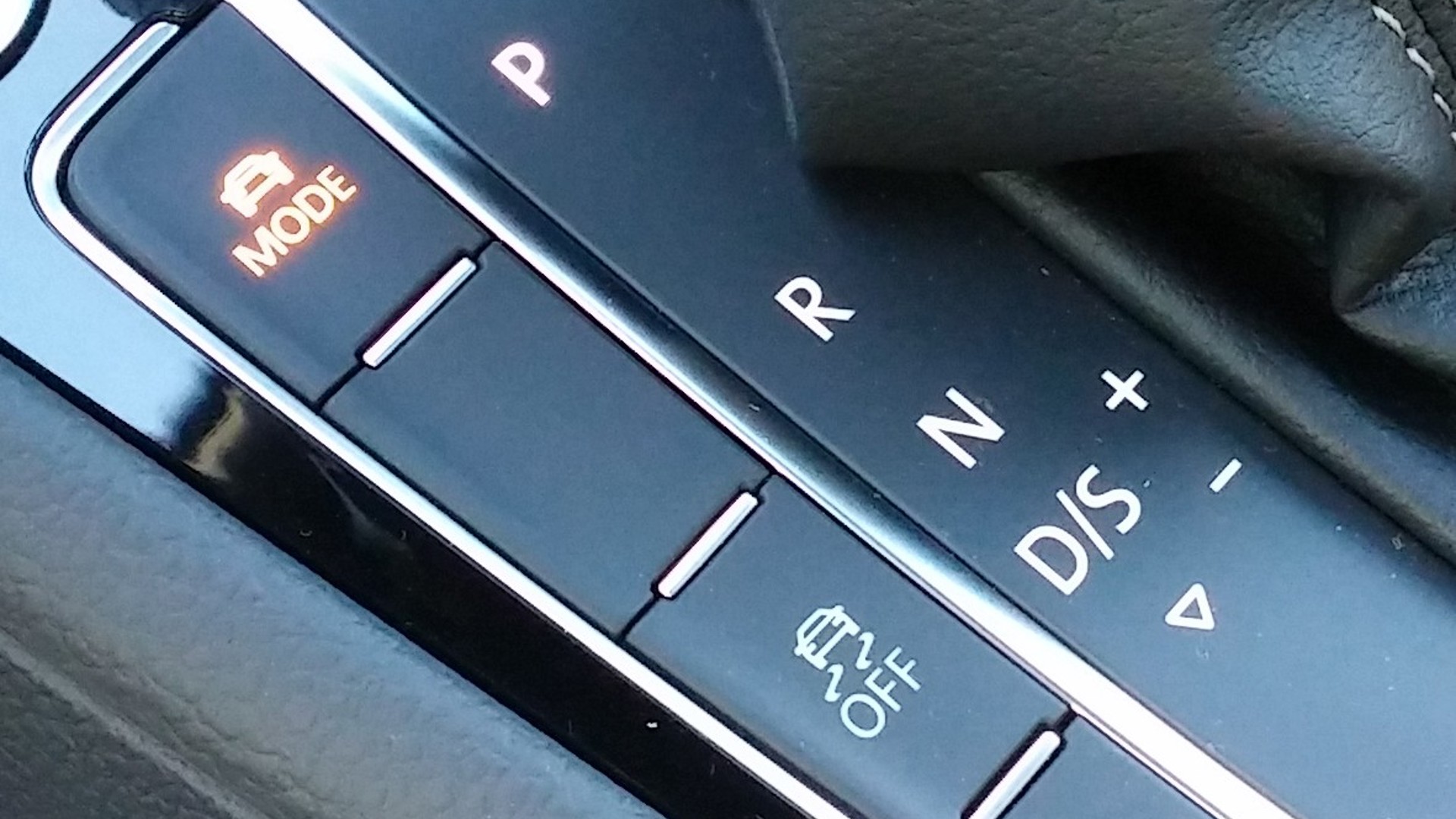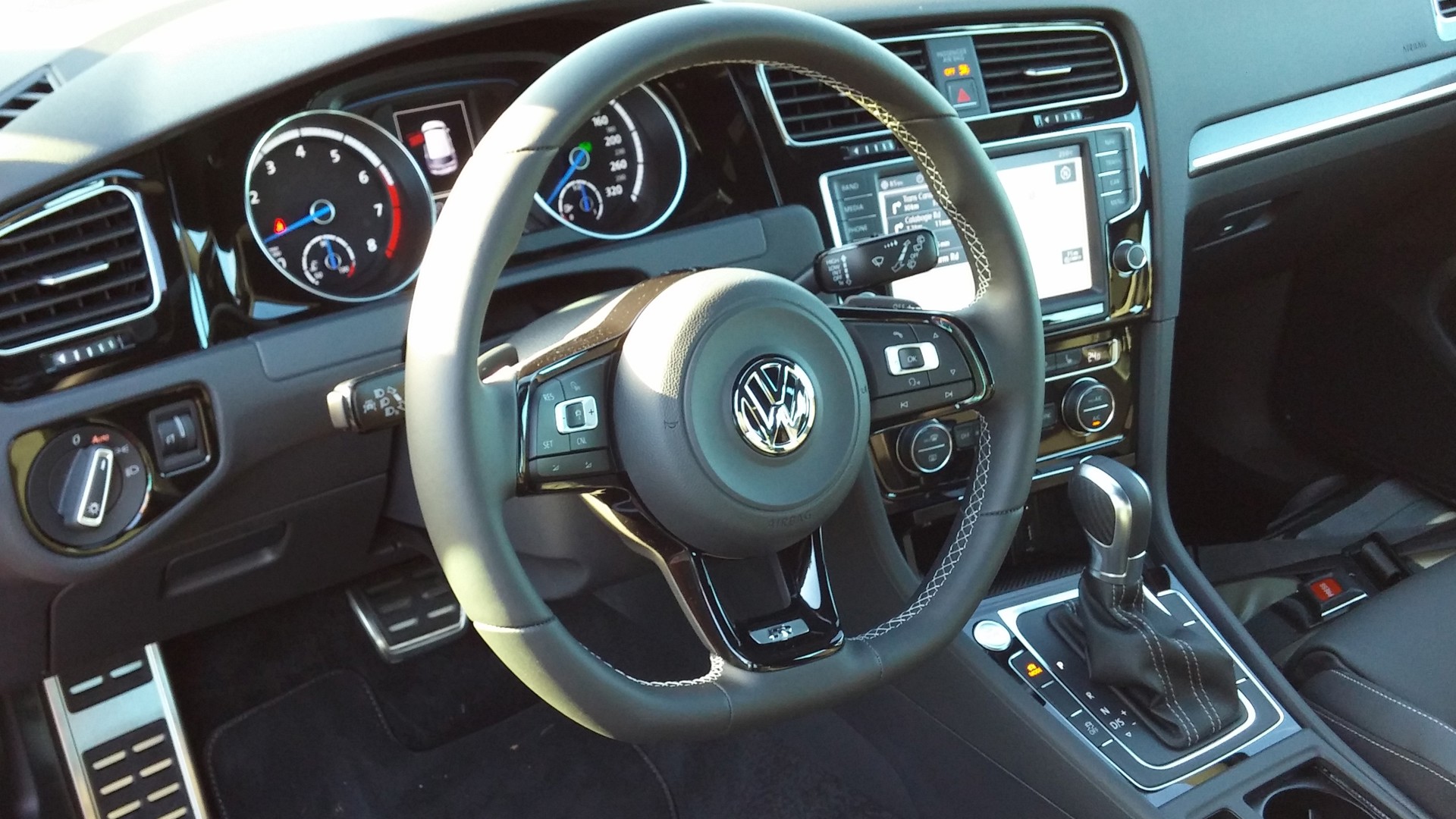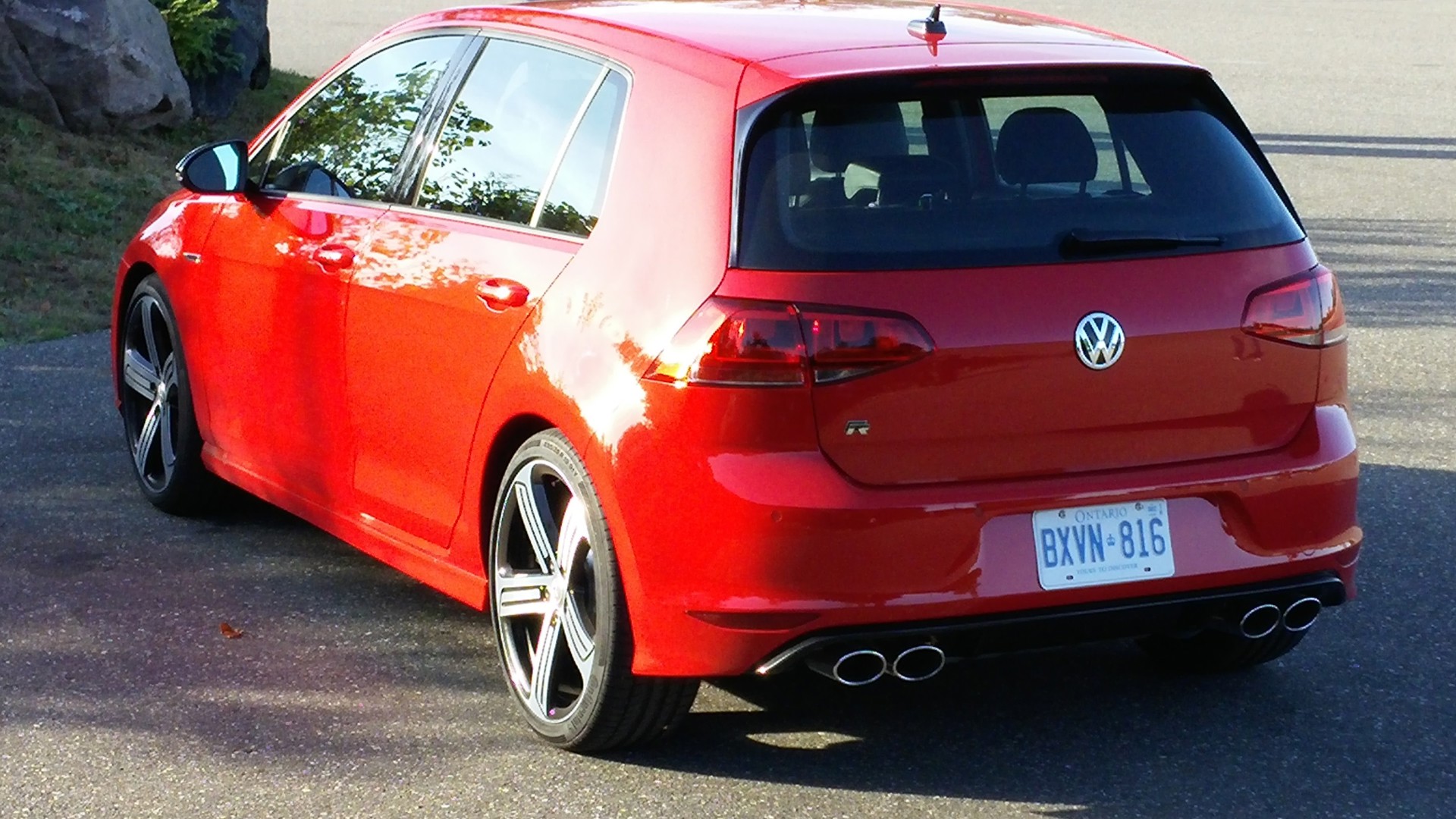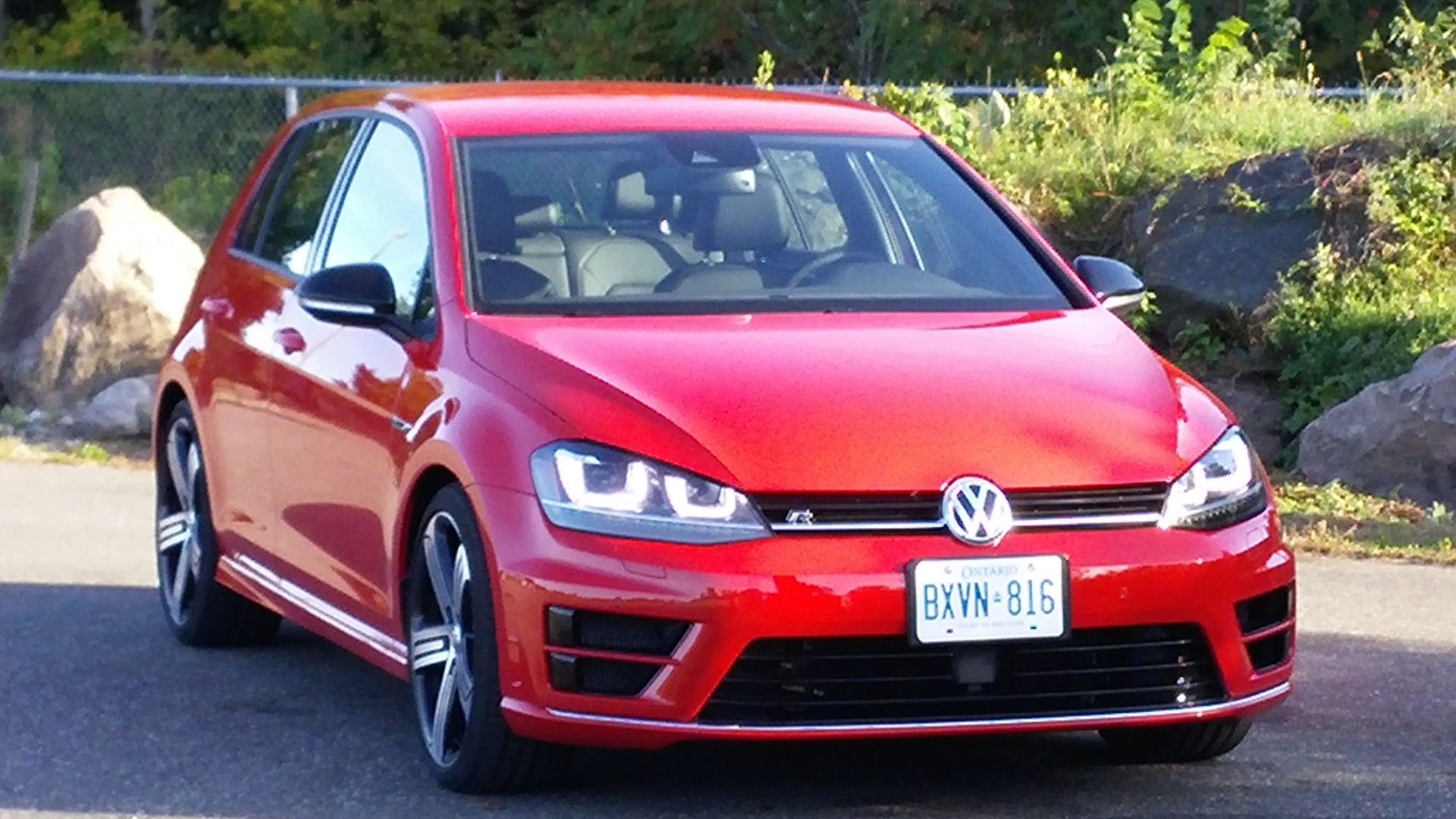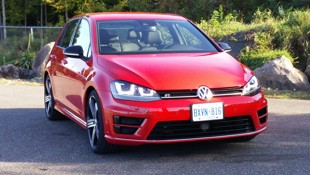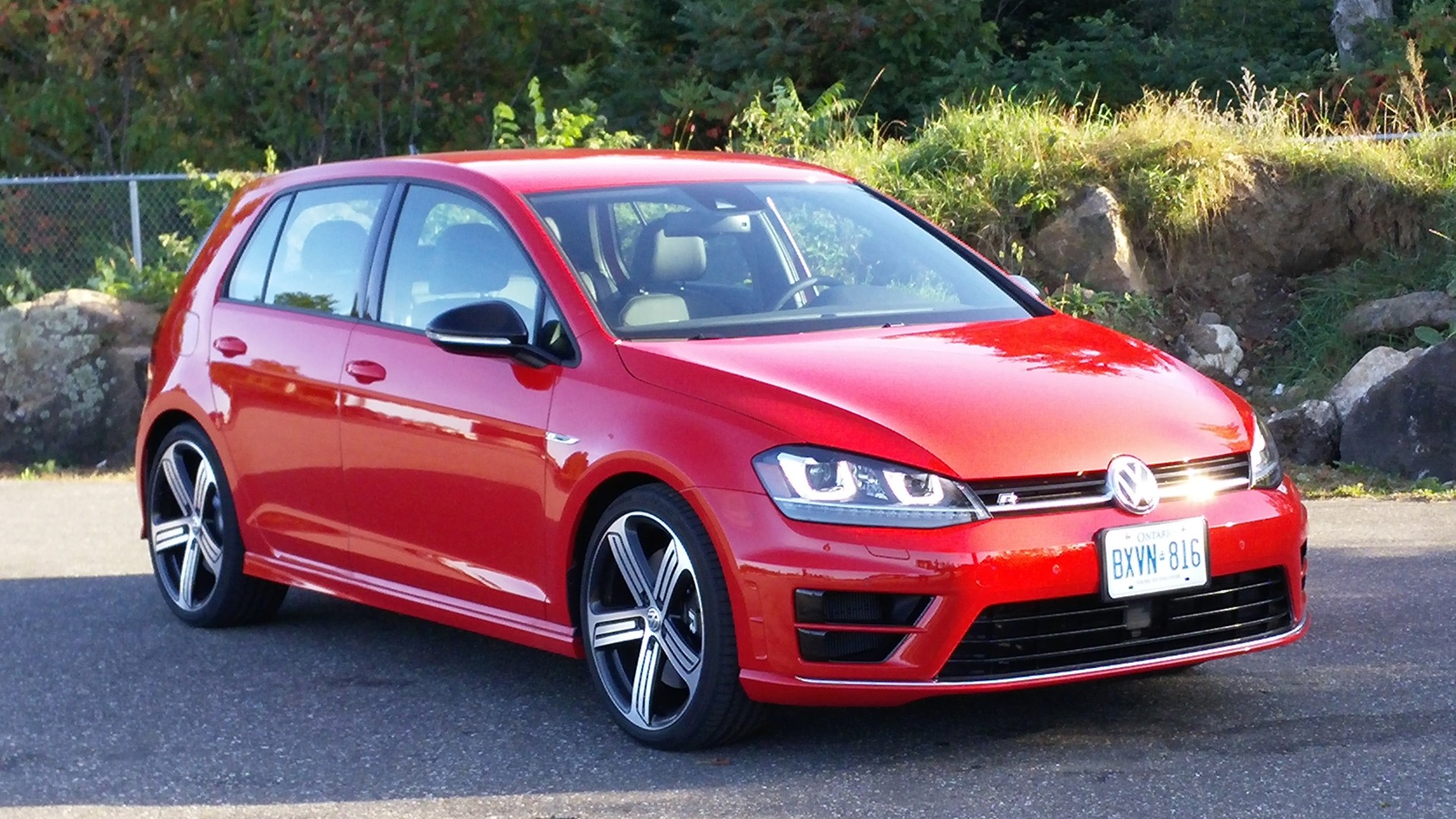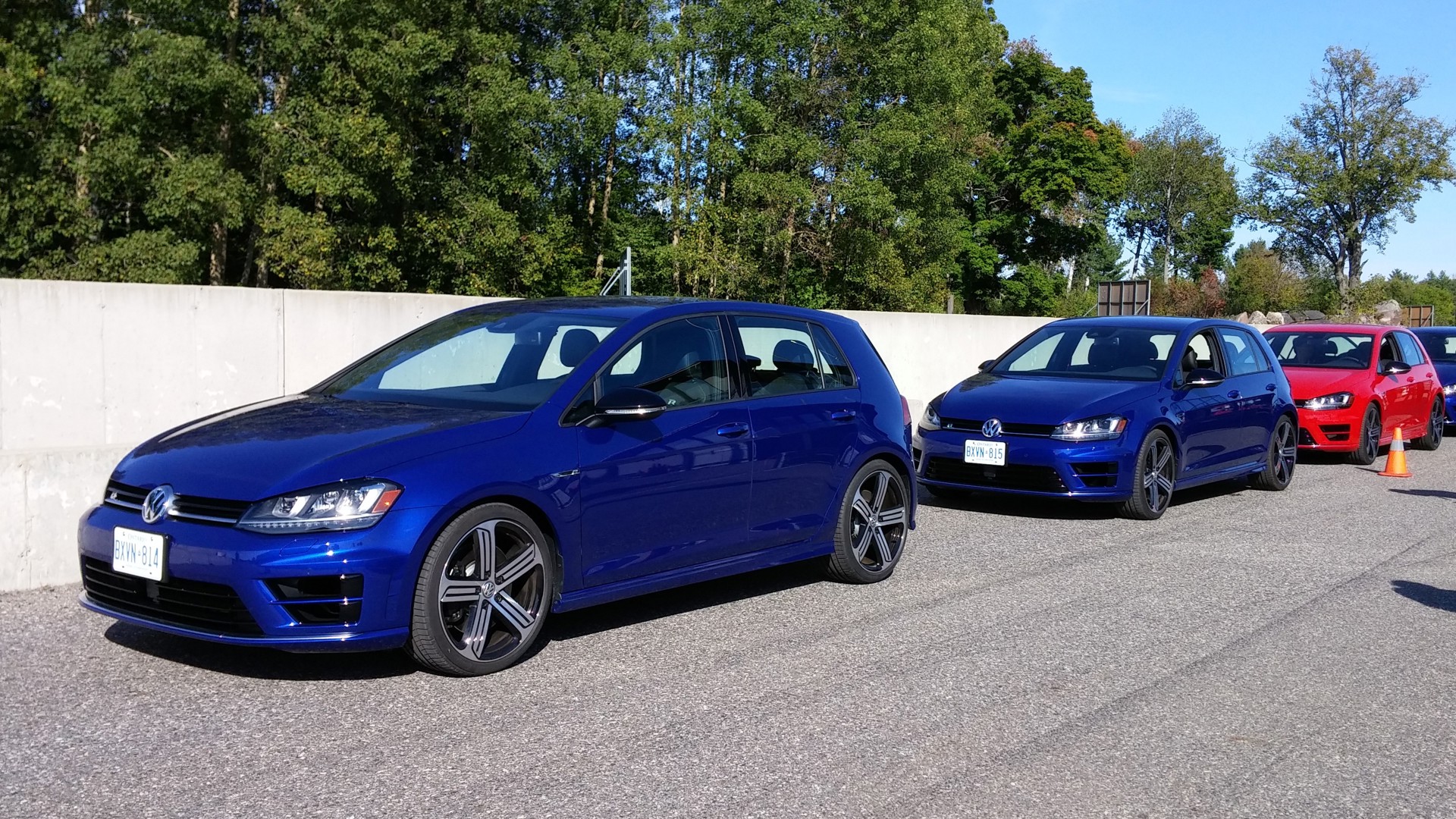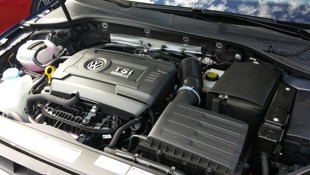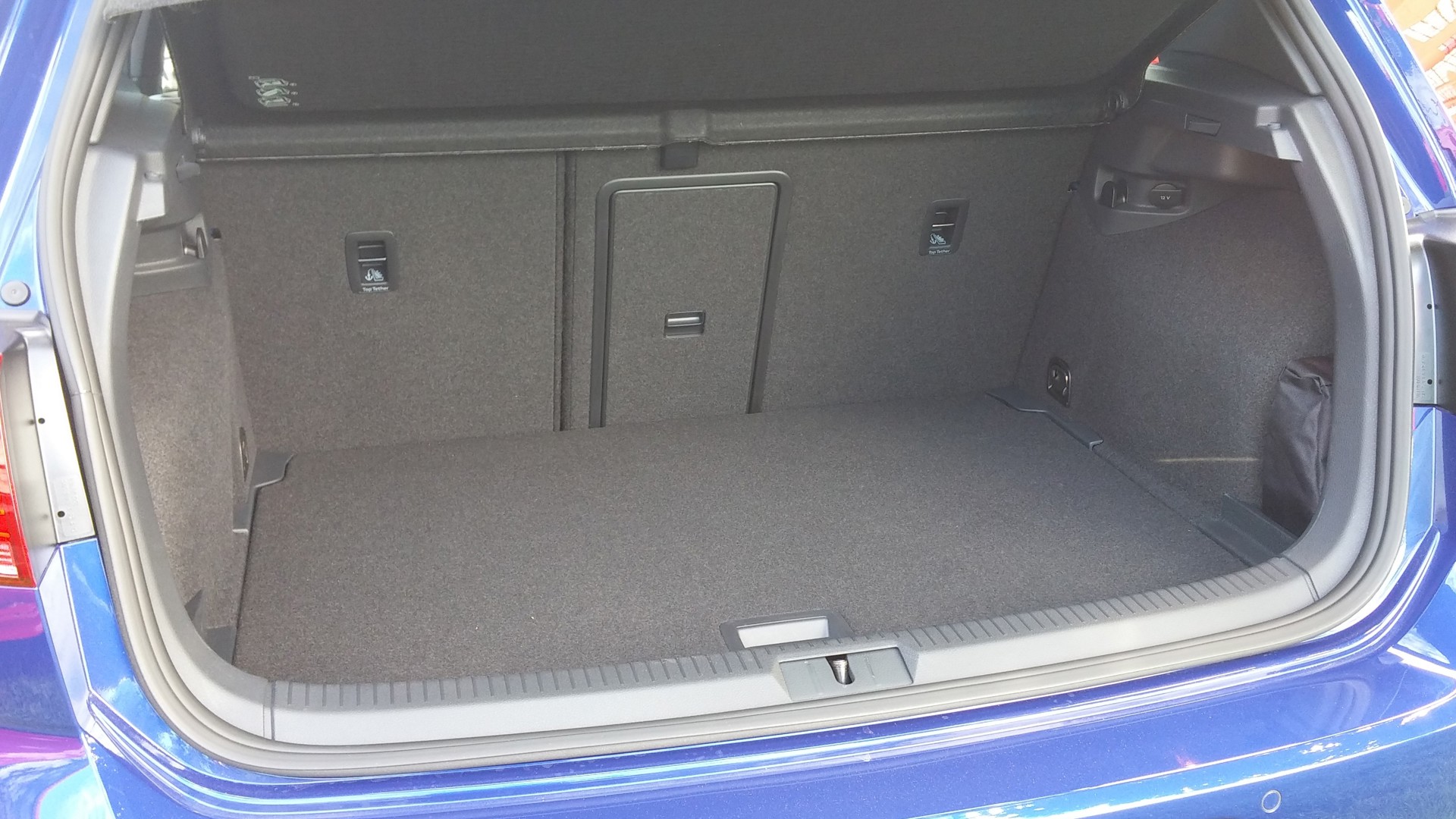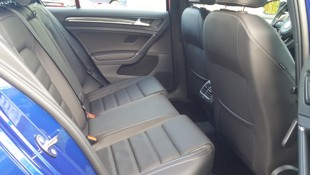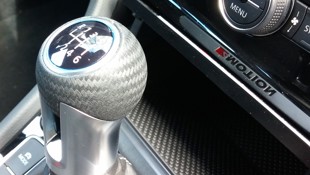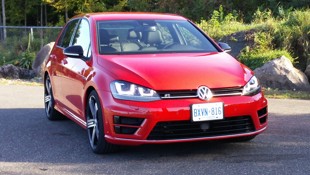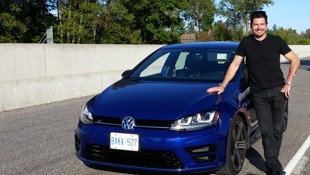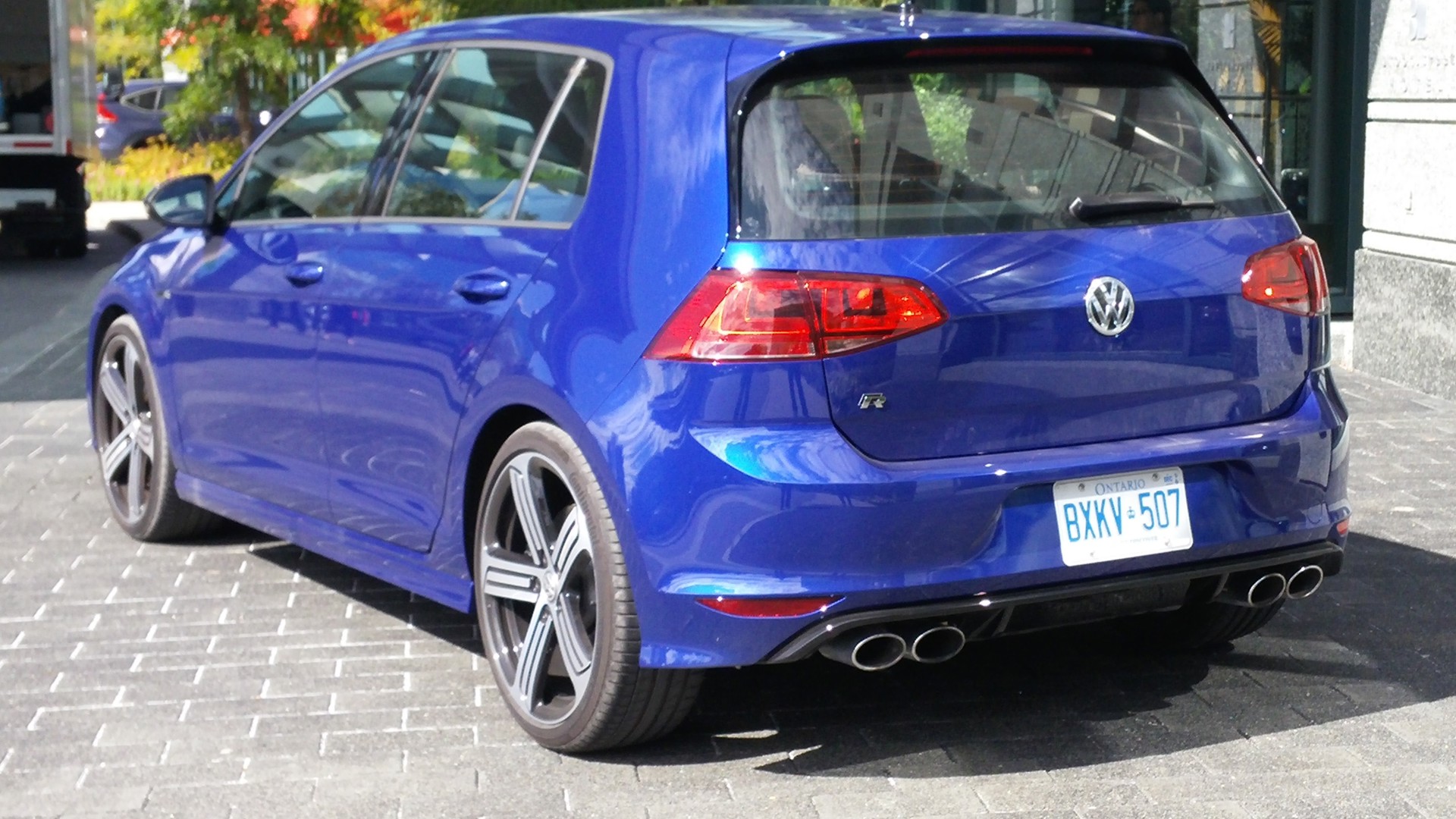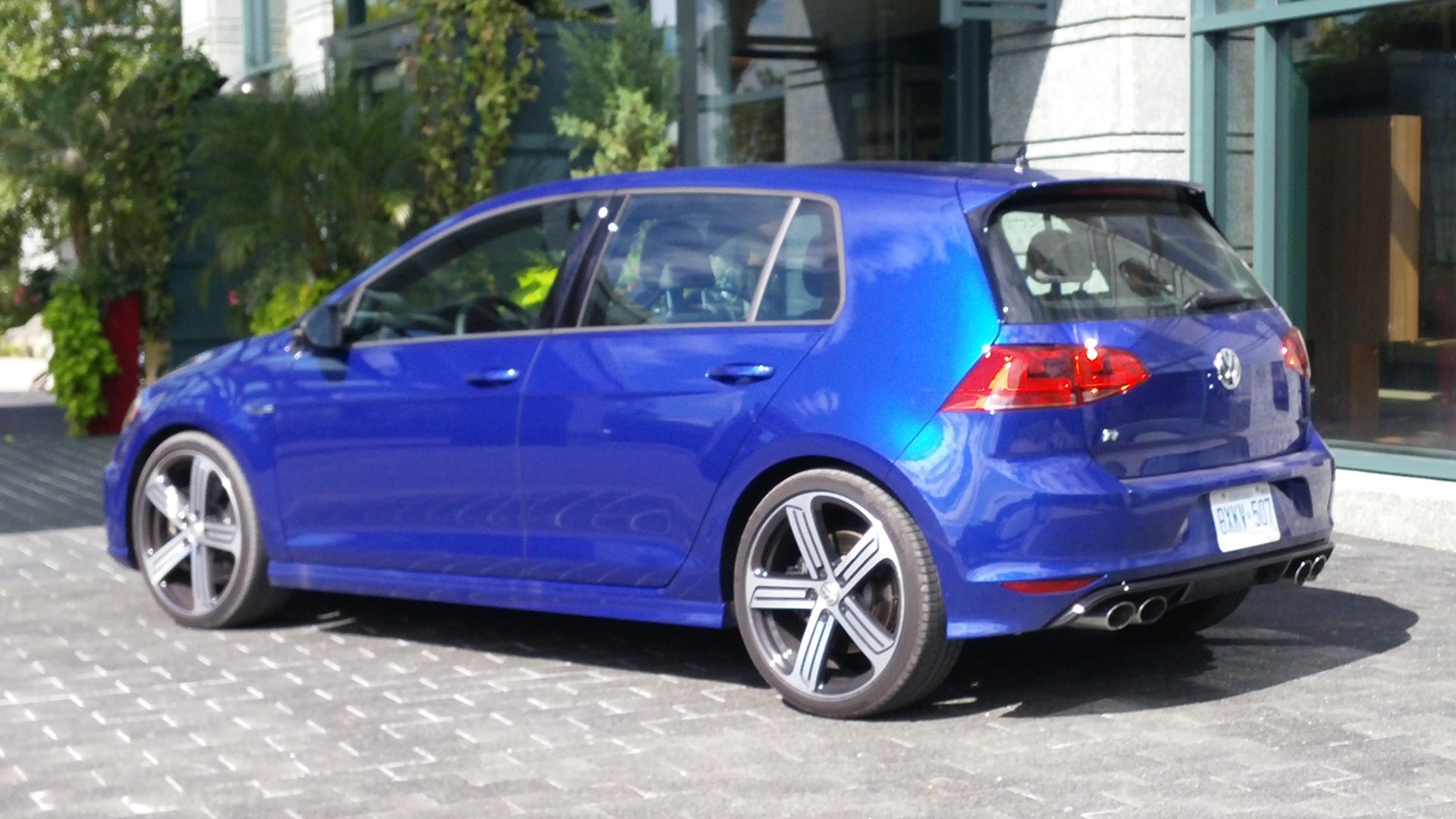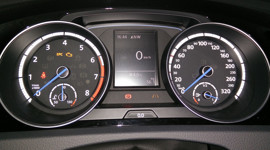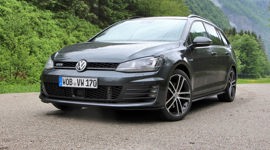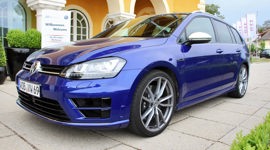In the auto industry, public relations is jokingly (usually) referred to as the 'dark side:' a cog in a machine designed to dispassionately promote an automaker's products. It's rare enough to meet a PR rep who is also a serious car enthusiast (though they exist), let alone one with a personal connection to the company they represent.
We were ready for some positive talk about a company from which both sides expected better, and we got it.
It was therefore hard to know what to expect from Volkswagen Canada's introduction of its latest Golf R – a high-performance variation on the brand's compact hatchback – as the company's personnel managed the fallout from a scandal over faked diesel engine emissions tests. Clearly, a new Golf R was a welcome distraction for VW Canada's PR rep; indeed, we were ready for some positive talk about a company from which both sides expected better, and we got it.
A high-performance version of the compact hatchback that occupies the rung above the GTI in the brand's hierarchy, the Golf R traces its roots to the 2004 R32, named for its 3.2L V6 engine. That moniker was shortened to 'R' in 2012, when VW replaced that V6 with an up-rated version of the GTI's 2.0L turbo four-cylinder. For 2016, the Golf R (based on the latest Golf, introduced in 2014) boasts 292 hp, 280 lb-ft of torque, all-wheel drive, and a choice of six-speed manual or dual-clutch automatic transmissions (the last-gen car was manual-only).
Rather than subject us to the 80 km/h speed limits on the suburban roads west of Ottawa, Volkswagen took us to Calabogie Motorsports Park, where we were encouraged to test the car's responses on that facility's excellent and challenging racetrack.
Test location aside, VW made it clear that the Golf R is not a track car. Rather, they told us, it was conceived as a car that was equally suited to track days or daily commuting, with the added practicality of a hatchback body style that gives up none of its usefulness in the conversion to hot(ter) hatch. (Canada gets only a four-door body for the Golf R, a decision that will no doubt annoy some sports car purists, but adds to the car's aforementioned daily-driver friendliness.)
Dedicated track car or not, we (needless to say) had good, clean fun throwing the Golf R around at Calabogie. Setting the pace for our follow-the-leader laps was retired race driver Patrick Carpentier, whose patience we appreciated as he gave us time to get used to the car's dynamics at about 8/10ths of its abilities (about as hard as we felt comfortable pushing it, given our limited track experience).
There's the expected bit of understeer when powering through corners, but lifting off the throttle mid-turn (or adding some mid-corner braking) allowed the rear to rotate just enough to be entertaining. (For the record, we were instructed to leave the stability control turned on, and were happy to oblige.)
Volkswagen's "driver profile selection" provides four drive modes (comfort, normal, sport, and race) that work on the throttle and transmission (in DSG cars – short for direct-shift gearbox, the name by which VW markets its dual-clutch transmissions) to dial in whatever level of performance you want. It works in tandem with VW's dynamic chassis control (fancy name for an adjustable suspension) to tailor the ride to rough city streets or glass-smooth racetrack pavement. One of the best features is an individual mode that allows any combination of characteristics. Soft suspension with right-now throttle response, or laid-back acceleration and the tightest ride possible? You want it, you got it.
The difference between the softest and hardest ride settings is narrower here than in the GTI, but still offers enough range to suit the car's goal as a capable and comfortable all-rounder.
VW's 2.0L turbo is a flexible motor, if not for the apparent ease with which it can be tuned for 81 hp more than in the GTI, then for its wide peak torque band that starts at 1,900 rpm and doesn't tail off until 5,300. Thanks to that, this relatively small motor seemed happy to haul the Golf R out of some of Calabogie's slower corners in third gear. Experiments in exiting corners in lower gears showed the benefit of all-wheel drive: there may be some understeer, but not a hint of wheel spin. Unless you're Patrick Carpentier circling the track on a "cool-down" lap, and using a touch of the brakes to drift the car into Calabogie's first turn.
As automatics go, though, VW's DSG was actually better on-track, shifting more quickly than any human can work a proper stickshift, and reliably rev-matching every downshift, something even the best driver can't do all the time on a manual, much less when that driver is also trying to maintain a racing line. We're devout three-pedal drivers, but the DSG's appeal is real, and well-earned.
Confident stopping power, with excellent pedal feel, is standard here, courtesy of the same big brakes that come in the performance package optional in the GTI.
For what it's worth, the DSG is the straw that kicks the Golf R's price over the $40,000 mark, to $41,395, while the six-speed manual model comes in at $39,995.
For that money, the standard kit list includes 19-inch wheels, Android Auto and Apple CarPlay smartphone integration, 12-way power driver's seat adjustment, adaptive bi-xenon headlights, dual-zone automatic climate control, 6.5-inch touchscreen stereo with USB and auxiliary inputs, intelligent keyless entry, back-up camera, and leather-trimmed heated front sport seats.
Volkswagen has finally abandoned its infuriating (to anyone who doesn't use an Apple smartphone) proprietary iPod connector (you couldn't even connect an iPod to the car without it) in favour of a standard USB port. Plug your smartphone in, and most of its functions (some apps won't work) are accessed through the car's touchscreen or via voice commands.
The only option aside from transmission choice is a $2,015 technology package that bundles adaptive cruise control, front collision assist with automatic emergency braking, blind spot detection with rear traffic alert, lane departure warning, and parking sensors.
Undeniably, the Golf R is a blast. The question is whether the $12,000 between this car's base price and that of the GTI is cash well-spent. In our opinion, the R is absolutely twelve grand more fun than a regular-grade GTI.
What muddies the decision is the GTI's Performance trim, which essentially turns that car into a Golf R light, using the same brakes as the R, and adding a locking differential, summer tires, and 10 hp (for 220 total), plus the same driver-selectable dynamic chassis control suspension. You miss out on the R's AWD, but that brings the tangible benefit of less weight, which closes the straight-line performance gap between the two cars. So-equipped, the GTI costs $37,195 (two-door) or $38,095 (four-door), and given the level of performance available from that configuration, we're not sure the Golf R upgrade ($1,900 over the GTI Performance four-door, or $2,800 over the two-door) is strictly necessary. What it does, however, is offer the buyer a choice – albeit a difficult one. (Except, perhaps, for those buyers who prefer two doors over four.)
VW said the new Golf R's production numbers will be limited only by demand. For the moment, all cars are being built in Germany, but VW is considering tooling up its Puebla, Mexico plant to build the R for North America, in order to shorten delivery times. While the previous Golf R was limited to 500 examples for Canada, this new one better lives up to the company's name as a performance car for the people – as many people as want one, and we think there will be many.
